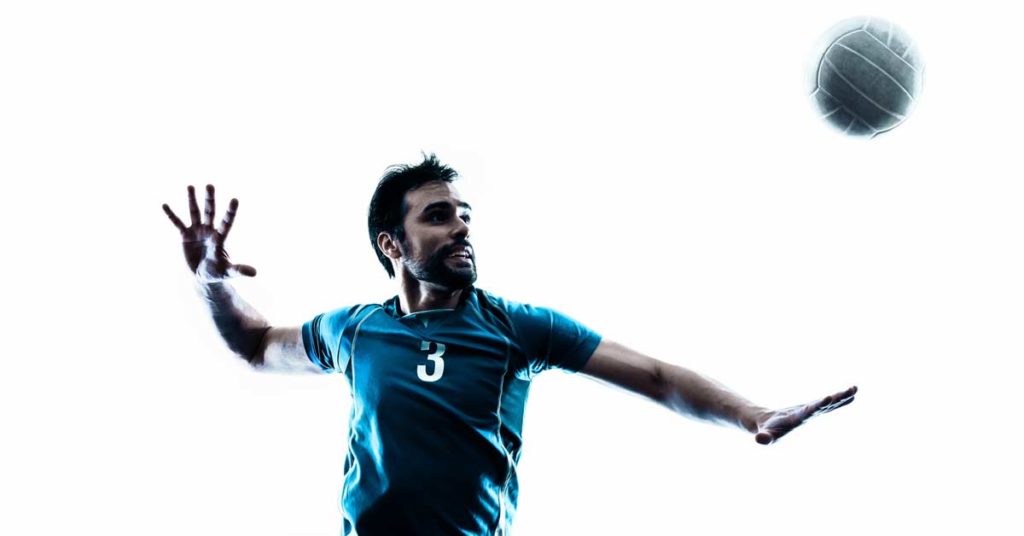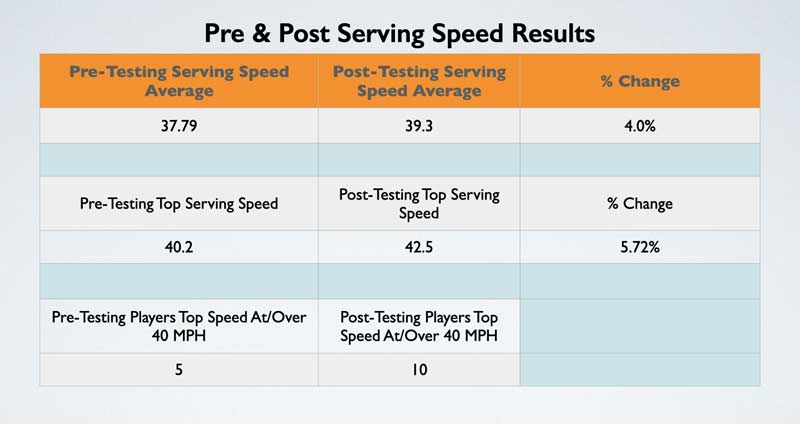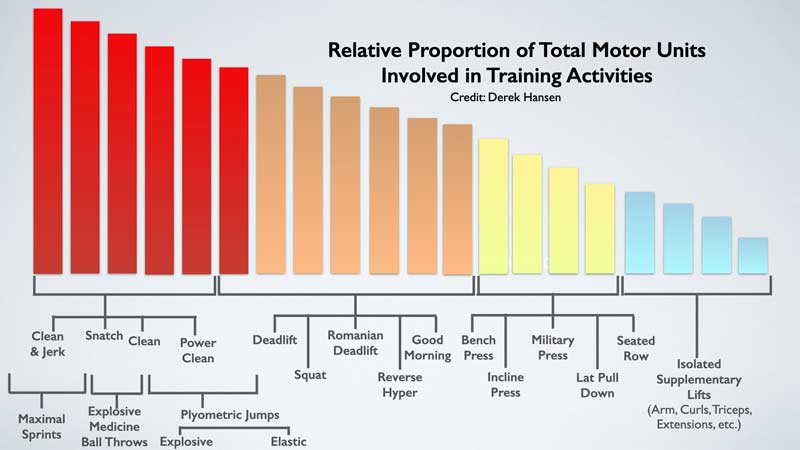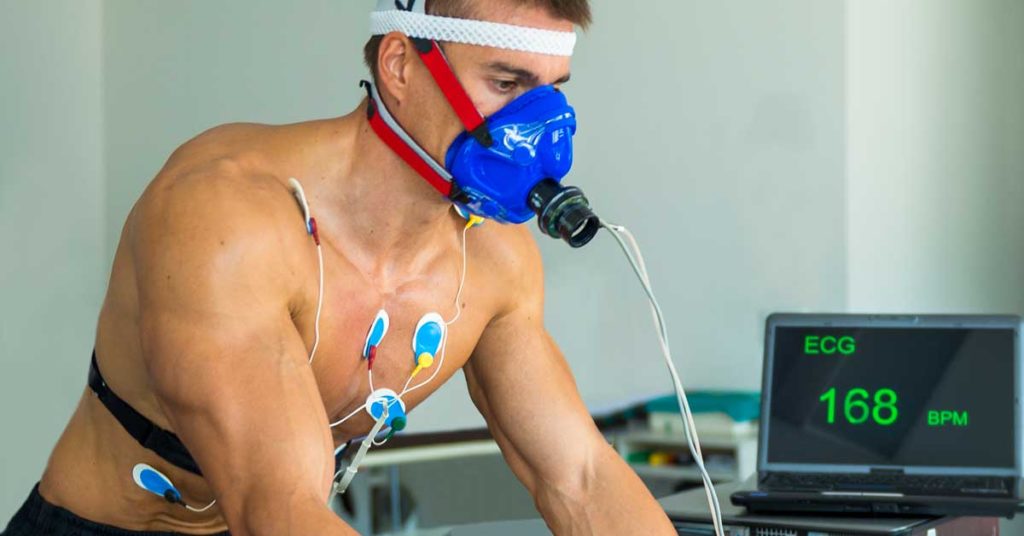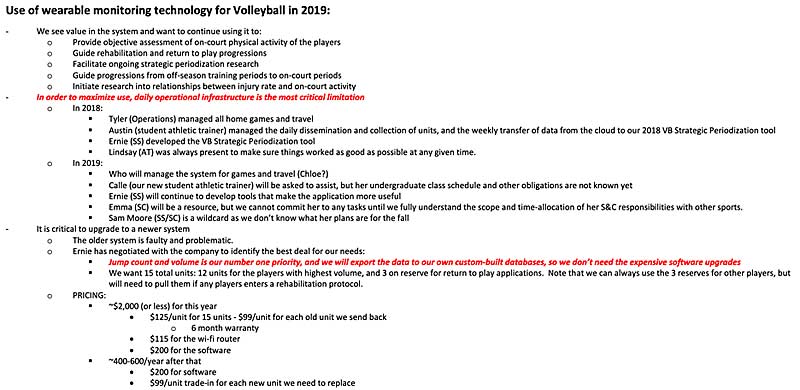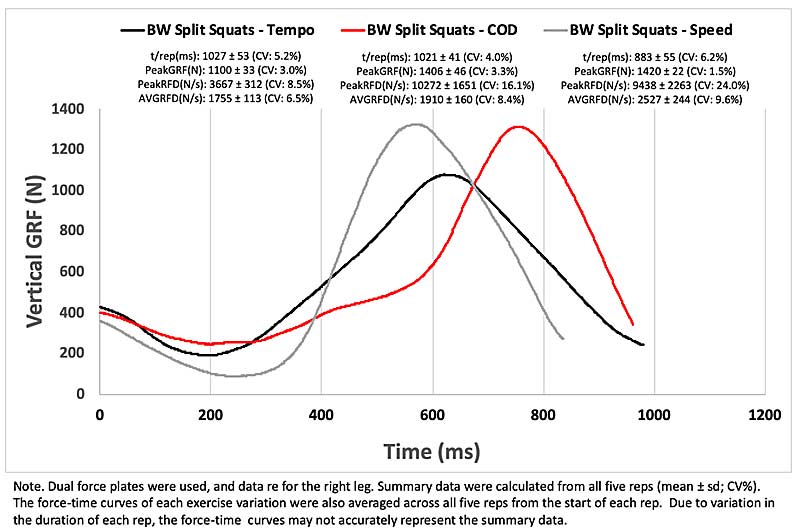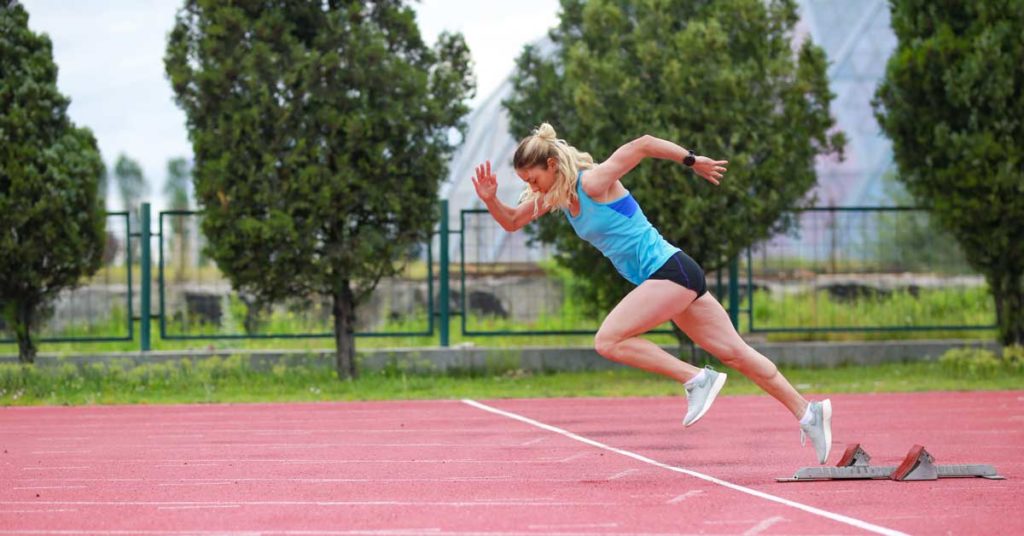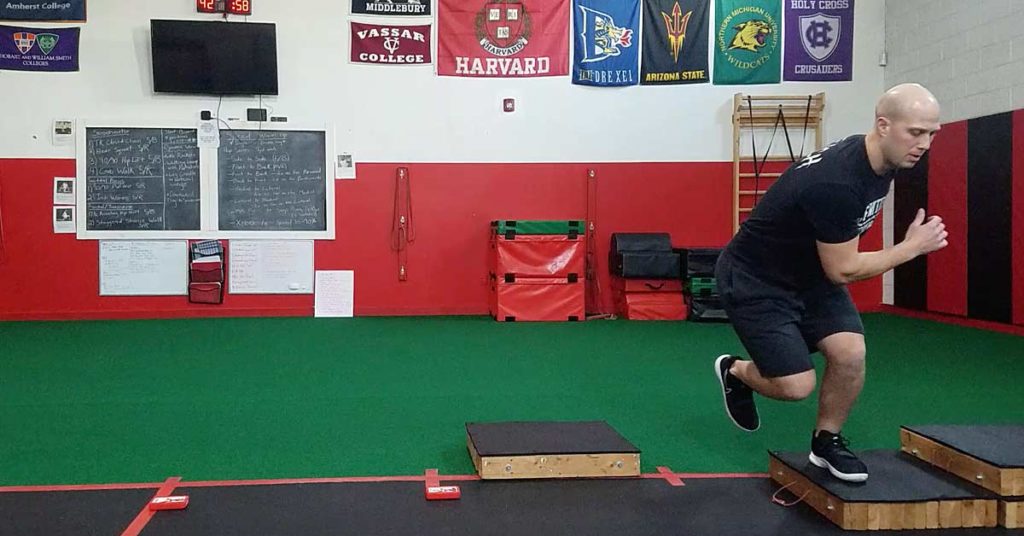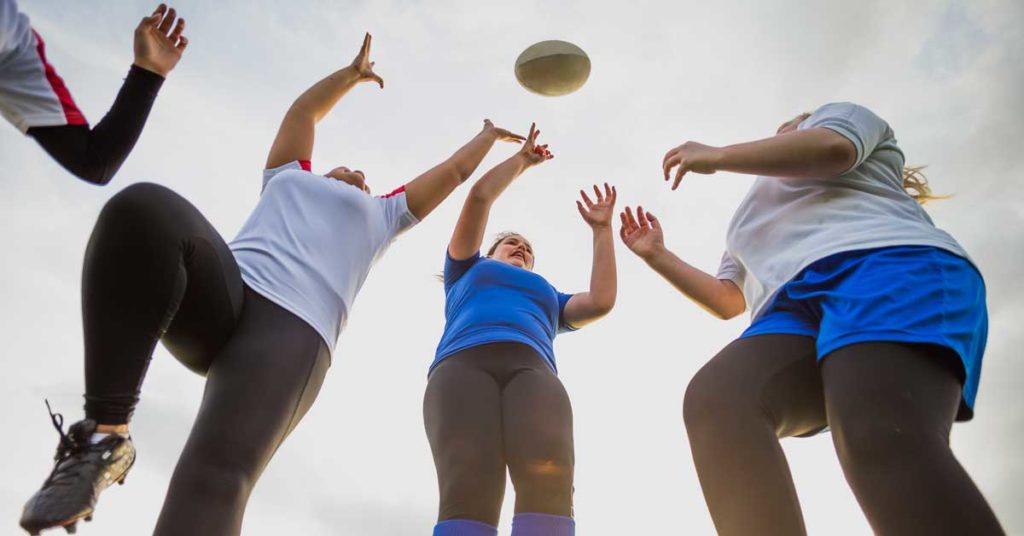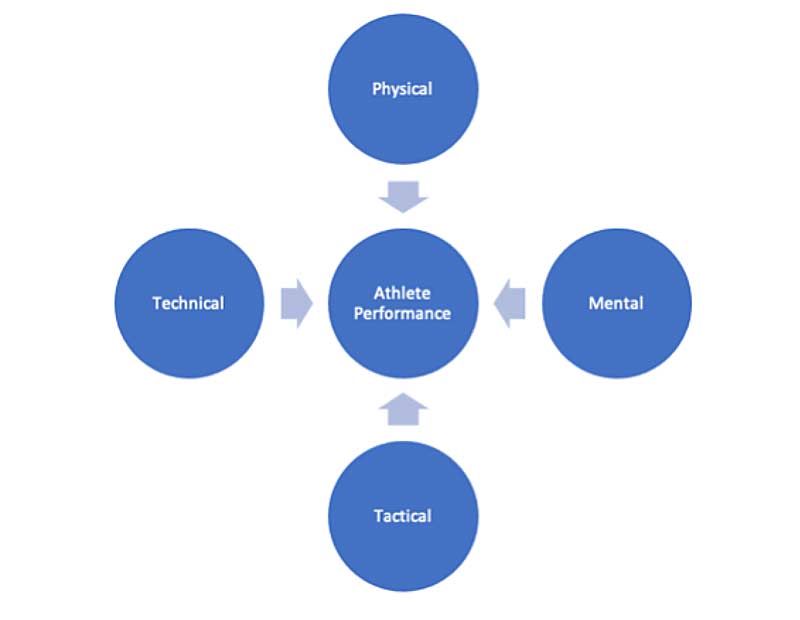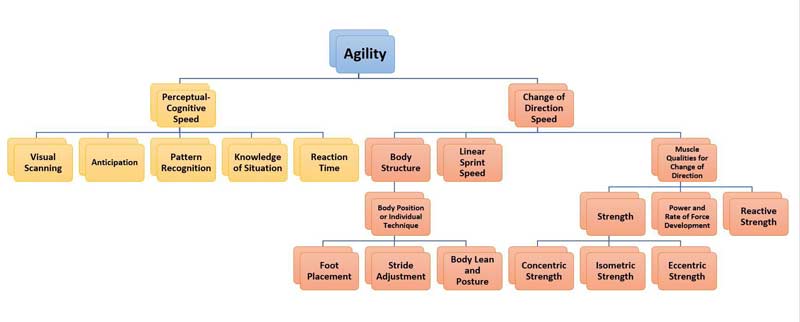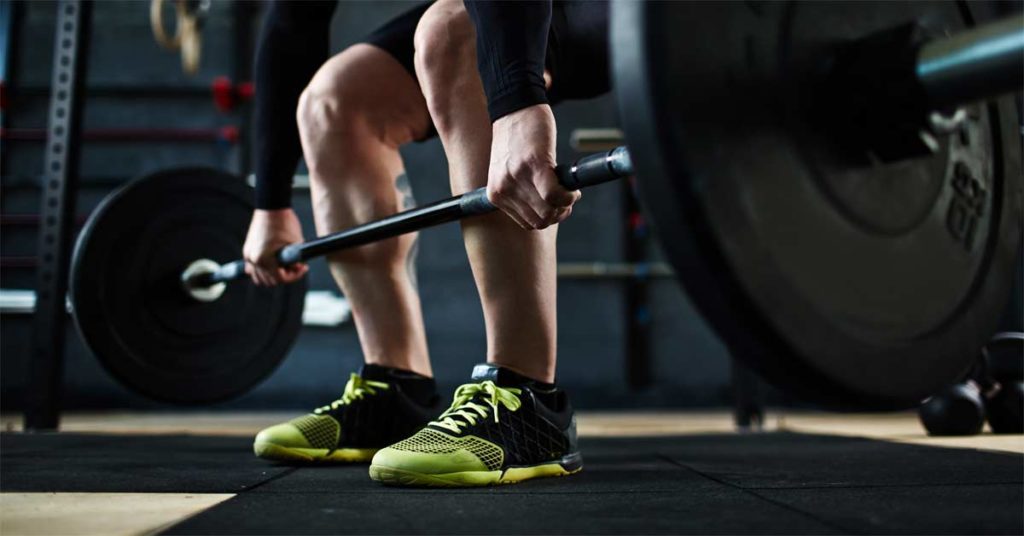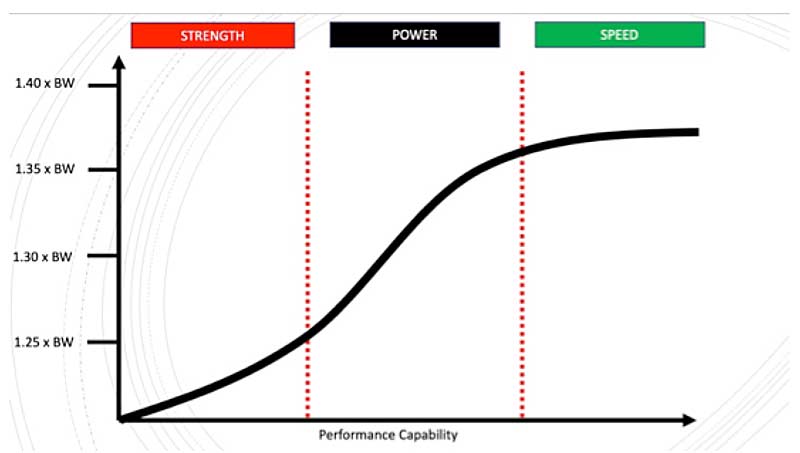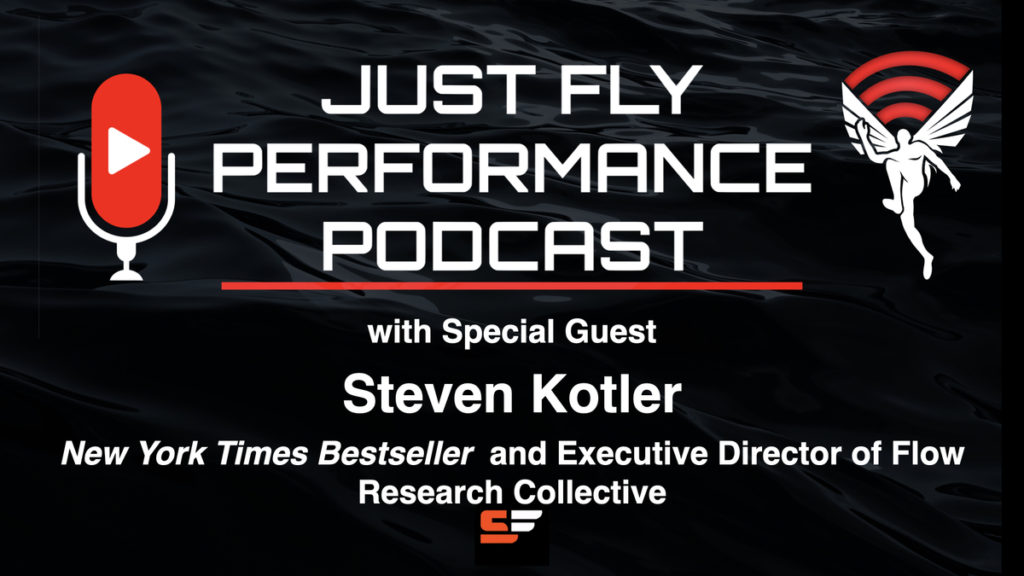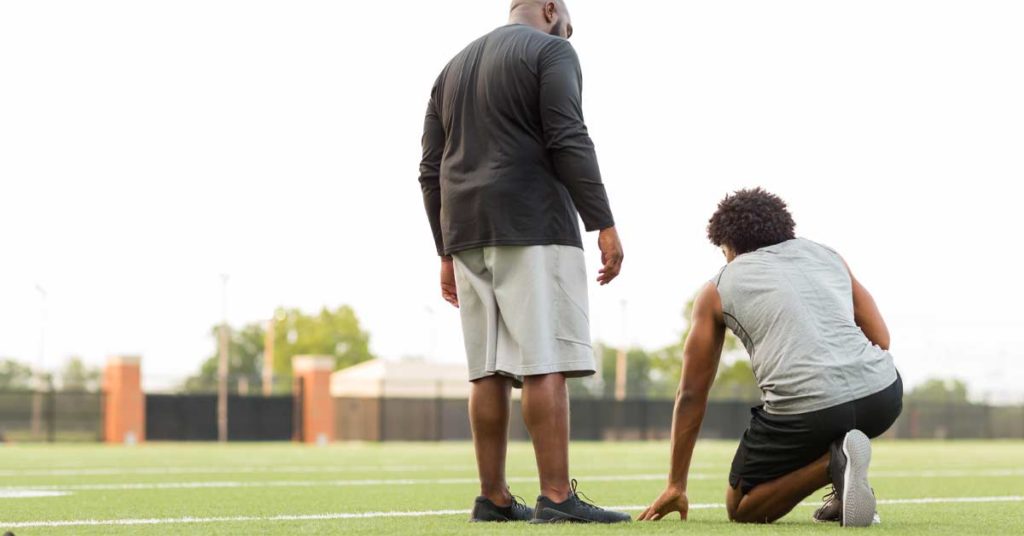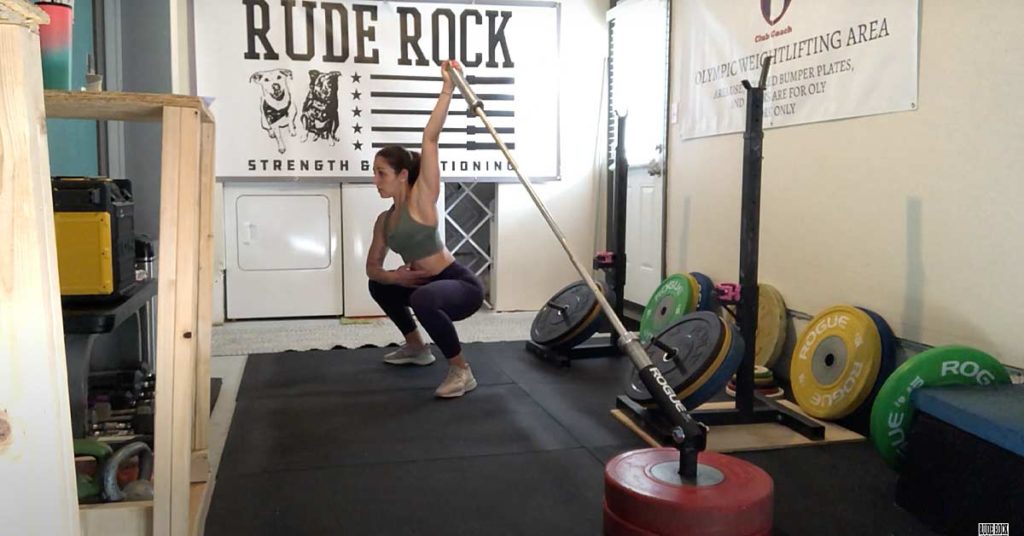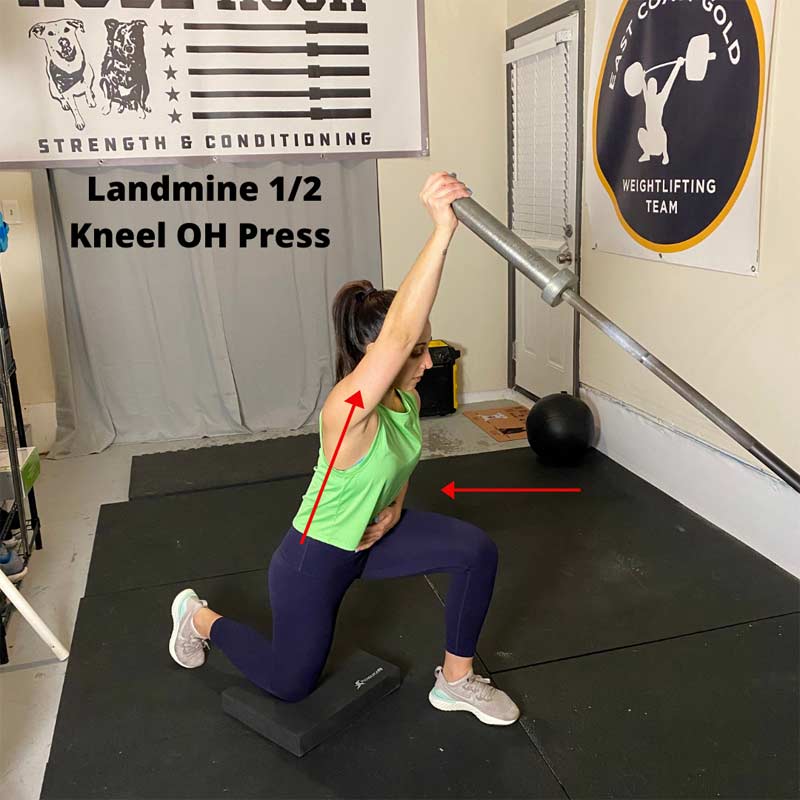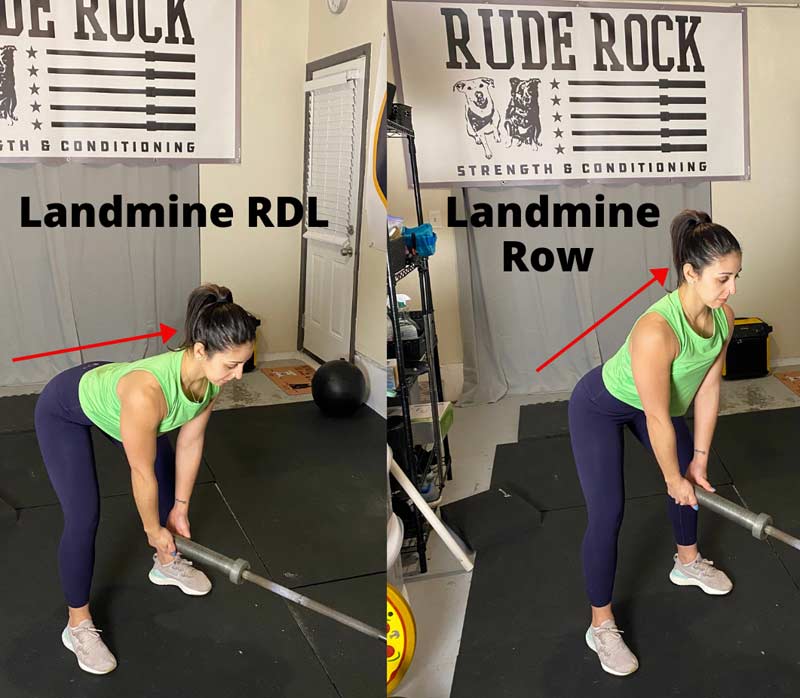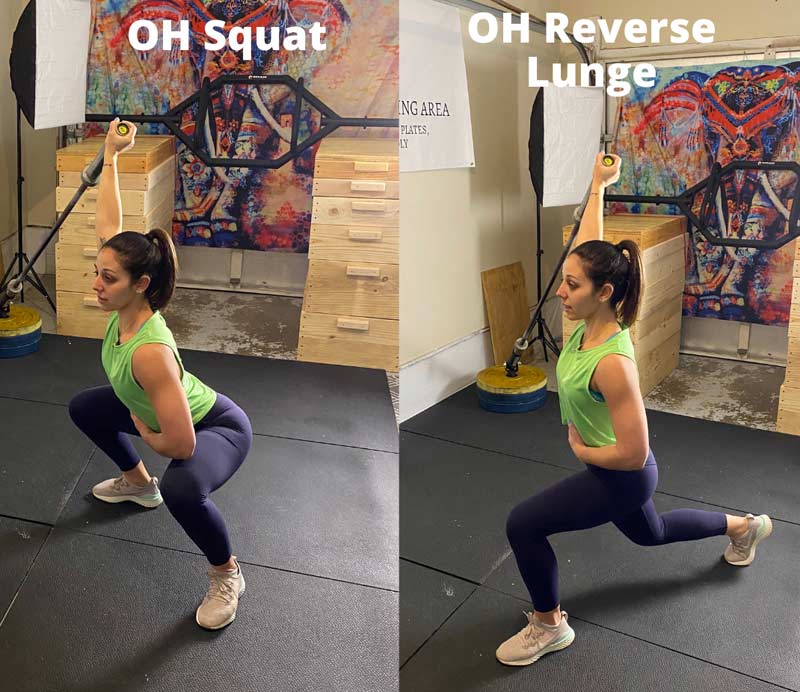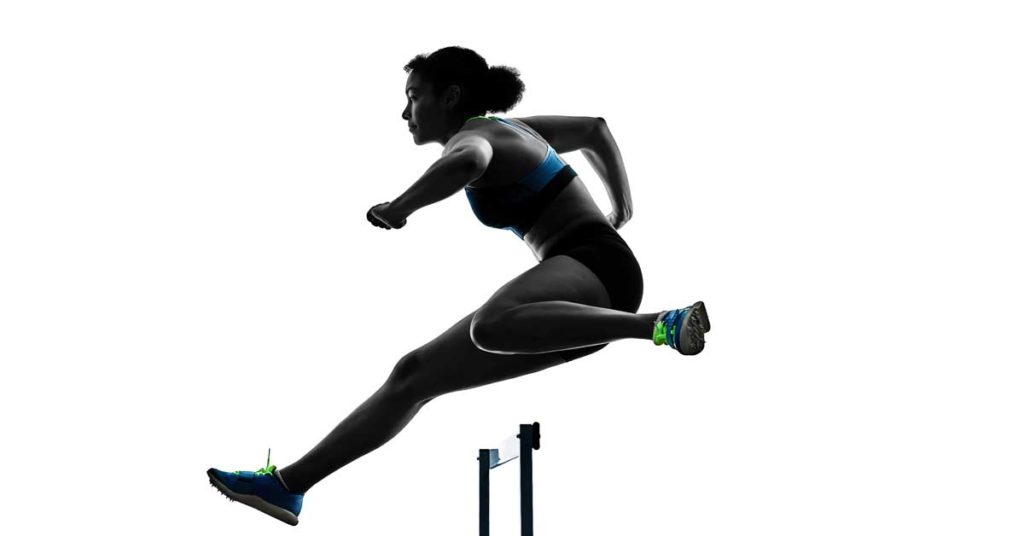
Running nearly full tilt over a row of 5 or 10 barriers is, without a doubt, one of the most challenging events in track and field and possibly all of athletics. It requires hours of extremely technical and specific training to address individual style and flaws. In spite of this, I believe the training for hurdles at the high school level still needs to be extremely varied, with multiple modes of training. It is also crucial to place the emphasis on creating a better athlete who develops an instinctive feel for the event in addition to their technical proficiency.
In this article, rather than rehash purely technical aspects of the hurdles, I want to highlight some training nuances and methods that can complement the skill of hurdling.
Hurdlers Are Sprinters First
Hurdlers might not always be top-rate sprinters, but they should not be a far cry from a 4x100m relay athlete either. I still see lots of hurdlers train in isolation from their open sprint teammates. This is fine with a hurdle coach on staff who weaves the two worlds together. Without a reserve of speed, a hurdler will not reach their potential.
Hurdlers might not always be top-rate sprinters, but they should not be a far cry from a 4x100m relay athlete either, says @grahamsprints. Share on XElites blaze down the track at speeds upward of 9 m/s! To achieve these speeds with truncated stride lengths means that these guys are pretty fast. I have seen charts (that I cannot seem to find anymore) placing 100m to 110m hurdle estimated conversions in the ballpark of:
Developing: +3.5 or greater
Advanced: (H.S.) +3.0
Elite: +2.5
For the 400-meter hurdles, Jimson Lee places the estimated conversion for a high school hurdler at about five seconds, and the personal bests of elites are even lower, in the 1.5- to 3-second range.
This means that high school state champion hurdlers are at least running in the low 11s and high 50s for the open races (and in some states, obviously much faster). Becoming faster and generally more coordinated begets improvements in the hurdles.
If the hurdler already has shown that they’re reasonably skilled, I see nothing wrong with putting the sticks aside and spending some time in the off-season/summer making speed the priority. Even in season I would suggest continuing to work acceleration and maximum velocity twice a week in conjunction with the hurdle work.
On some early season days, coaches can have hurdlers do half of the main sprint session with the sprinters, cut them early to do hurdle warm-ups/mobility, and then join them for a hurdle session. As the season wears on, you can let the hurdle work do the talking as the main course but give them a well-rounded menu of sprint work first.
Hurdle Mobility
There’s only so much hurdling a hurdler can do. Hurdle mobility, while boring and somewhat repetitive, is the base of the hurdler. If there is one thing a hurdler needs as much as speed and skill, it is durability. Most coaches have a circuit or exercises they use. You do not need a huge catalog of mobility drills, since you are trying to keep the athletes healthy and not necessarily entertained.
If you are trying to train specific ranges of motion, then athletes need to be held accountable for executing the drills correctly. I am not going to give a comprehensive list here because coaches may have their favorites.
If you are trying to train specific ranges of motion, then athletes need to be held accountable for executing the drills correctly, says @grahamsprints. Share on XOn things like basic “walkovers with hands,” the lead leg should have a cyclical recovery similar to the lead leg in actual hurdling. If an athlete swings their leg to the side, this is merely training a habit we don’t want to see. Remind them to lead with the knee “up,” which keeps them closer to a sprint motion. Oftentimes, the hurdle may just be set too high for an athlete, so they compensate by swinging outward.
On trail leg drills such as “0-1-2” or “trail leg slide,” cue the athlete to feel their trail leg behind them, which allows them to take advantage of the stretch reflex in the trail leg in the future. Look for them to move their trail leg “out, up, and through” with the toe dorsiflexed. This can help train good trail leg range of motion and high knee position coming off the hurdle. Athletes often execute these so poorly that the foot actually drops below the knee.
On drills like “can-cans,” continue with the reminders of “leading with the knee” and place an emphasis on tall posture, with a belt line that doesn’t dip due to poor pelvic positioning. This serves as a great reference point when discussing hurdle takeoff.
For a novice hurdler, mobility drills are nearly as much about learning how to move as they are about specific strength exercises. Including these on recovery or tempo days is an excellent way to introduce these drills while giving them the attention they deserve.
Perfect a Few Hurdle Drills
Drills address the skill of hurdling while discounts and spacing put it together in a race model.
I have a short list of drills that can be part of early season skill sessions or used as warm-ups on hurdle days. My purpose here isn’t to give a how-to for each drill (there are plenty of examples on the web), but to encourage coaches to understand sometimes less is more.
- Ross drill: Jog with hands at waist; every three steps take off and let the knees slap the hands, “pop-pop.”
- March and popover
- Cycle ladder
- Quickstep
- One step
I absolutely love these five drills. The first three drills teach the basics of driving the knee up at the hurdle and keeping stable and tall pelvic positioning with the accompanying forward lean. The Ross drill, which comes from Wilbur Ross, is a non-threatening introduction to hurdling and its rhythms. This sets up an athlete to understand the takeoff and cycling action required in the popovers and cycle ladder drill. The cycle ladder drill comes from Steve McGill and has been adapted a bit differently by Hector Cotto.
The quickstep is a great drill as a warm-up for an advanced hurdler or as a main session for a novice, as it puts the premium on both high frequency and reaction. The one-step drill is a bit more advanced and something I like to reserve for hurdlers who are already skilled. Like the quickstep, it can be a decent diagnostic tool since there is minimal time to prepare for each hurdle.
In Video 1 below, the hurdler pulls to the left off the first hurdle. You can see he jabs his hand forward and it crosses his body, creating a twist. Immediately, he corrects and stops the trail arm near his hip, which allows his lead arm to stay closer to a sprint motion in front of his chin.
On all of these drills, coaches must use their eye to nail down the spacings in the suggested range that best fits each athlete.
Video 1. Hurdling drills should be active and address some component of hurdling. Coaches don’t need to throw every drill in the book at the hurdler, but they can tailor them to address an issue that keeps popping up.
Five-Step Hurdling
I used a lot of the five-step pattern between hurdles this fall, one day per week. This is not something I would do with a developing hurdler, as I think just jamming the three-step rhythm and drilling needs to be a priority.
The athlete I worked with started with five hurdles spaced at 11 yards (33 feet). The turf was an attractive setting, since the measurements are easier, and turf reduces strain while getting lots of hurdle reps. We utilized a 10-step high knee approach at this distance.
At 33 feet, the shuffle was slow, which gave the hurdler a lot of time to use a coaching cue and prepare for takeoff. While we didn’t approach Nehemiah levels of volume, we did routinely accrue between 75 and 100 hurdles in sets of 15-20. Takeoff was set at a range of 2.1-2.2 meters, and no additional hurdle work was done on this day.
I feel like this gives reasonably skilled hurdlers a chance to overcome the fear of hitting hurdles due to fatigue and makes the hurdles feel like nothing. Indeed, the hurdler in Video 2 below had an issue with “punting” his lead leg as a result of leading with his foot over the hurdle. After hundreds of repetitions, he was able to understand what picking the knee up and driving through the hurdle felt like.
Of course, as the pre-competitive season draws near, we are merely bumping the hurdles out to 12 yards (36 feet), using an eight-step standing start, and reducing the volume to 3-4 sets of 3-5. This leaves room on a second hurdle day for some standing starts from a five- or eight-step start at jammed spacings. Standing starts are an excellent way to make sure that the athlete is tall at takeoff and all repetitions are at prescribed takeoff distance based on height.
As we move even closer to the end of February, we will bump the five-step distance out a bit more and perhaps begin to combo some five- and three-step repetitions, depending on the weather.
I know sometimes coaches pattern the five-step distance on the step distance of the three-step distance the athlete is currently working on (minus takeoff and landing). I am not worried about a high school junior matching velocities and frequencies across workouts in the off-season yet. I am leaving something on the table to progress to while he learns to do each style of workout.
The final benefit of the five-step workout is that it is a great way to continue to train outdoors in the Northeast without fear of injury. As long as the athletes are able to endure the temperatures, we will continue to work this in different ways.
Video 2. Five-step hurdling allows more time to use a coaching cue and can be done on the turf. This prevents strain and breeds confidence in the athlete.
Decision-Making and Technique Through Gallops
Prescribed takeoff and landing distances may be exact (or at least in a range), but in the heat of a race there almost always seems to be some slight deviation, even if it is a few centimeters. While professionals have the experience to get it near perfect (although it isn’t uncommon for them to foul up as well), developing hurdlers need to feel and explore different movements to anticipate the optimal attack. Letting them learn to navigate various spacings seems like a huge benefit in the long run.
Gallops are just way too good of a multipurpose tool to not continue to adapt them, and hurdles seem to be a natural fit for this exploration, says @grahamsprints. Share on XThere are other drills like single leg A-skips and single leg prances that are effective in teaching a tight lead leg, but I am going to beat the gallop drum here. Gallops over small banana hurdles are excellent for learning to navigate different spacings with rhythm and authentically teach a cut-step, especially if the foot contact is flat and the hips are kept high. This ensures the athlete isn’t overplanting and delivering a jarring heel-first strike.
Coaches can utilize a gallop and quickstep run combination to begin having the athletes crave a high hip and knee position at touchdown that lends itself to a reacceleration of sorts toward the next set of barriers.
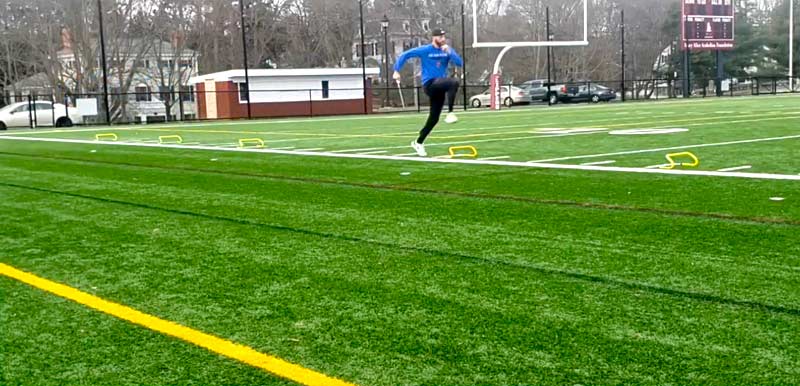
Gallops are just way too good of a multipurpose tool to not continue to adapt them, and hurdles seem to be a natural fit for this exploration. Use these on sprint days or as a pre-hurdle primer to bridge the gap from general to specific.
Video 3. I am not going to pretend that there are any bona fide rules here. Coaches should explore the event of hurdles and find gallop variations that seem to fit the need, whether it be posture, speed between the hurdles, or something else entirely. Athletes just have to figure out a way to make it work.
Fearless and Aggressive
The inspiration for this section comes from the hurdler who has been featured throughout this article. At the All-State meet during the last indoor season, he took a bad spill and ended up lacerating his kidney, which landed him in the hospital. I never trained him before his spill, but by his account, he wanted to get back to that “No Fear” zone.
Video 4. Whether new to the sport or recovering from a catastrophe, hurdlers need confidence and a willingness to flirt with disaster. This means steps that push the edge of their speed/frequency and a flight path that drives through the hurdles.
Sure, there are classics like Wilbur Ross’ overspeed zone drill, and the 12 hurdles spaced at 8.5 meters that can let an athlete with serious training under their belt go nuts, but it’s okay to table advanced concepts until their college years. We need to leave something loaded in the chamber for the future. In the meantime, we have worked and are working on several simpler strategies to get athletes to warrior status.
- Discounted Heights: This is an obvious one, and I don’t think any height is too low. I have gone as low as 24 inches for females and 27 inches for males. Understand that takeoff distance will change, since the center of mass is raised less.
- When working with 36-inch hurdles, I put cones out at the prescribed takeoff distance for the height of the athlete as if they were 3 inches taller. So, if takeoff for a 6-foot athlete is 7’3”, I place cones at 7’1” instead. I am not sure this is entirely necessary, however. I have also only reduced the height of the first hurdle to set up the next hurdles, which remain at race height.
- Red Training Hurdles or Velcro Tops: I have used a lot of the red training hurdles with collapsible tops in the past, and indeed, the athlete’s fear of really banging a hurdle decreases. One drawback is that the clatter can sometimes still unnerve an athlete, and setting it up over and over again becomes a chore. Carl Valle has suggested using Velcro hurdle tops and encouraging athletes to hit them. Although I didn’t splurge on the rocker training hurdles that come with Velcro attachments, I did find a pack of 15 feet of 2-inch Velcro strips that can be cut and adhered to the hurdle once you pop the existing hurdle top off. Flirt with disaster and run through the darn things.
- 10-Step Start: The 10-step start creates trust for the hurdler while providing a seriously overspeed start. Utilize a standing start about 17.2 meters from the hurdle. Start with the height reduced as much as 6 inches, until the athlete trusts their step pattern. This is not for the extreme novice, as this is a precursor for doing some lightning-fast five-step reps. It could be nice to contrast a few of these reps with a few eight-step standing or block starts.
- Five-Step Start: Although I do a lot of drills and two-point accelerations with each leg, five-step starts are still relatively new to me. Due to the abbreviated run up, the drive into the hurdle must be aggressive, and touchdown must have great positioning with positive foot speed. This takes a little experimenting for the start distance, but around 29-30 feet has worked for us.
I started adding hurdles by employing my tightest jammed spacing to date with this hurdler (26 feet), which further raised the intent. Another benefit of this for this athlete is that the starting foot is switched, which at the very least, introduces the ambidexterity necessary to change from an eight-step to a seven-step start in the future. It’s good to consider an option in the long term and not just make changes on a whim.
200m Training to Support
Training like a 200m runner during the rest of the week yields good results for high hurdlers. Both are fast races, where perhaps the last 20% (two hurdles in the hurdles, 40 meters in the 200m) becomes a challenge to stay together.
Training like a 200m runner during the rest of the week yields good results for high hurdlers. Both are fast races, where perhaps the last 20% becomes a challenge to stay together. Share on XThe training needs for the 200m runner also fill in a lot of gaps for the hurdler. For instance, 200m runners may spend a lot of time doing block curve into the curve and sustaining some fly reps deep into the curve. For the hurdlers (or all sprinters), exposure to different frequencies is helpful so, as Carl Valle says, “They aren’t painted into a corner later.” The curve work allows them to break stereotype and experience a different stimulus that may introduce a slightly higher frequency on the leg on the outside of the curve. Sprinting in both directions may reduce injuries and expose both legs to something novel in the way of stride frequency.
Longer reps such as 150 meters are often a staple in 200m training and are extremely versatile. At risk of hyperbole, from intensive tempo to special endurance or even 150-meter buildups, the 150-meter rep alone might be enough to discourage pace lock. To run the 150-meter distance regardless of what part of the speed curve you are surfing, it requires relaxed beauty, arm/leg rhythm, and postural maintenance. These are all traits that need to be present in the hurdles as well.
Other training items such as “ins and outs” sprint buildups are essentially motor learning drills on steroids. The 200m race model has an element of floating the curve that I think is useful for forcing the sprinter to consider the distribution of effort and applying it to other races. I acknowledged that hurdlers are sprinters first in beginning of this piece, and the menu of training options can really make the hurdler whole.
Freedom to Choose
Hurdling is a complex event, and coaches can weave in whatever modes of training they want and feel are appropriate. There is only so much hurdling an athlete can do in a session or week. Perhaps more than in any other event, coaches really need to shift the focus to long-term development.
Speed and hurdle mobility are the foundation of the hurdler. There is an abundance of drills out there, and a coach can do whichever ones they deem necessary and appropriate. Sometimes having fewer drills allows athletes to just get better at them and coaches to use them in more purposeful ways.
Obviously, the start and discounted hurdle work will be very important when it’s time, but with the right athlete, don’t rule out five-step work.
Without a base of general drills and coordination, hurdlers can simply lack the experience and context to respond to a cue. Gallops could be one of the best options to let hurdlers begin navigating space athletically and efficiently. The sky is the limit with the amount of exploring a coach can do.
The start and discounted hurdle work will be very important when it’s time, but with the right athlete, don’t rule out five-step work, says @grahamsprints. Share on XThere are numerous ways to bolster an athlete’s confidence and aggressiveness, and these are important things to consider in the hurdling events, as playing it safe and scared never ends well. Consistently complementing hurdle-specific training with 200m training and races could create the most complete sprinter there is and provide a better finish over hurdles 8, 9, and 10 without extra hurdling.
Of course, I can’t resist the chance to end with a hurdle pun, so I will leave you with this: Hurdle training is a lot to overcome, but with some careful planning, there are some big things ahead for your athletes.
Since you’re here…
…we have a small favor to ask. More people are reading SimpliFaster than ever, and each week we bring you compelling content from coaches, sport scientists, and physiotherapists who are devoted to building better athletes. Please take a moment to share the articles on social media, engage the authors with questions and comments below, and link to articles when appropriate if you have a blog or participate on forums of related topics. — SF


